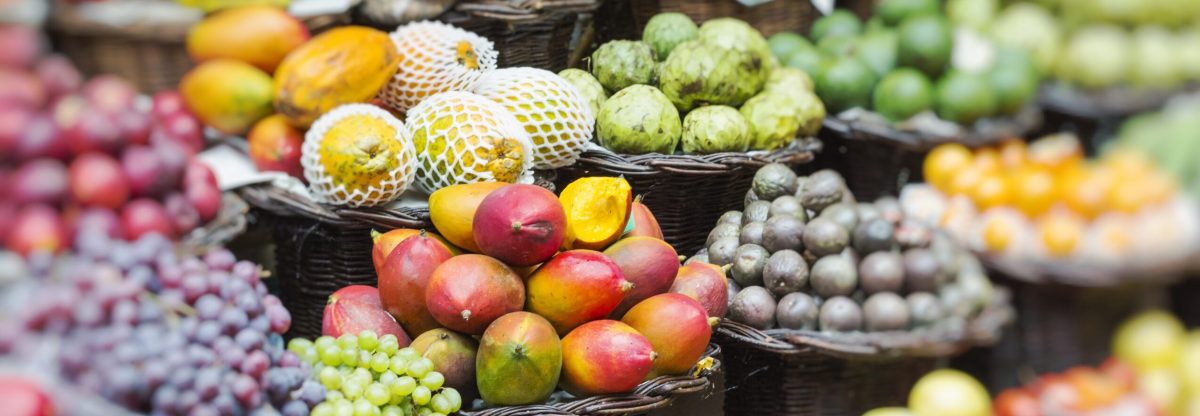Unlike cultivated blueberries and cranberries, bilberry remains undomesticated with berries harvested from the wild. This makes it perfect for genomic analysis, to provide comparisons with domesticated Vaccinium species and as a resource for breeding better berries, including bilberries.
Bilberry (Vaccinium myrtillus L.), a deciduous dwarf shrub native to Europe, has provided nutrition for Northern European populations for centuries. It is one of the most economically significant wild-harvested berries in Europe prized for its flavour and health properties. Bilberries belong to the same Vaccinium genus as blueberries (Vaccinium spp.) and cranberries (V. macrocarpon).
A team of global researchers, including colleagues from Plant & Food Research, have developed the first bilberry genome assembly. It will be used as a reference to study genomic diversity in bilberries and provide information on the loci linked to adaptive traits and the phytochemical composition of the berries.
Bilberry genetic diversity has not been well understood and the phylogenetic relationship to other Vaccinium species has been relatively unknown. One key difference between blueberry and bilberry is the localisation of anthocyanins. In blueberries these are restricted to the skin but in bilberries they accumulate in the flesh. This study analysed the locus for the anthocyanin-regulating transcription factors (MYBA) and identified a complex locus controlling berry anthocyanin composition and localisation.
The bilberries sampled in the study came from above the Arctic Circle in the Sámi region of Finland. This paper will be one of the first to carry a Biocultural Notice label (BC).
The BC Notice label is a digital identifier that recognises the rights of indigenous peoples to define the use of information, collections, data and digital sequence information generated from the biodiversity and genetic resources associated with their traditional lands, waters and territories. The research was also undertaken in collaboration with Genomics Aotearoa.
The team is part of VacCap, a US-based consortium of Vaccinium researchers, and this new bilberry genome will contribute to a Vaccinium pan-genome initiative designed to improve berry fruit quality and market value.
The genome will be hosted on the major collaborator site Vaccinium.org.
Funding for the study was provided by the New Zealand Ministry of Business Innovation and Employment (MBIE) Endeavour programme ‘Filling the Void’ (C11X1704).
Journal Reference
Wu C, Deng C, Hilario E, Albert NW, Lafferty D, Grierson ERP, Plunkett BJ, Elborough C, Saei A, Günther CS, Ireland H, Yocca A, Edger PP, Jaakola L, Karppinen K, Grande A, Kylli R, Lehtola V, Allan AC, Espley RV, Chagné D. A chromosome-scale bilberry genome. Molecular Ecology Resources. DOI https://doi.org/10.1111/1755-0998.1346
Source: Plant & Food Research












